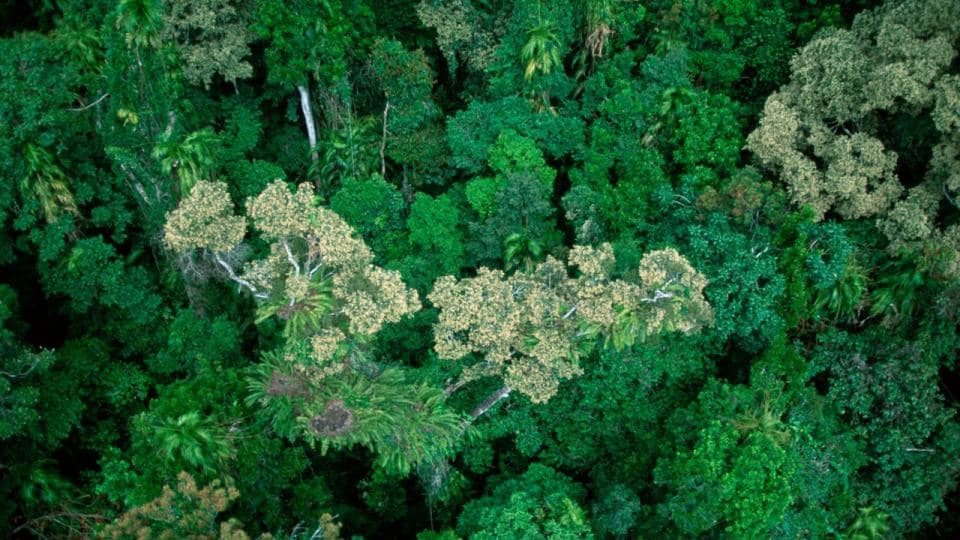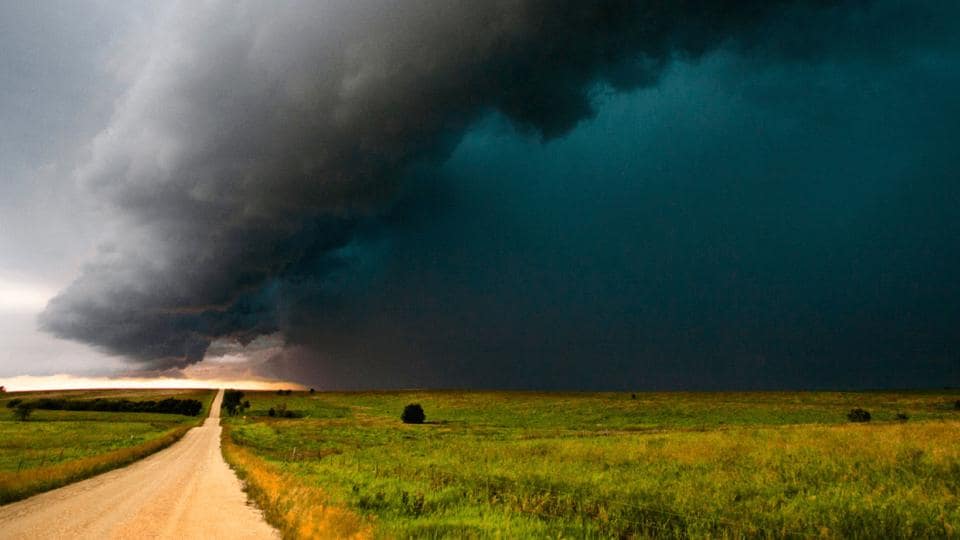How Farming Differs around the World

Two farmers, two worlds. Pappu Singh grows chili peppers in India for the local market. He’s happy to be able to feed his family and give his two daughters an education. Aaron Gingerich produces corn in the Midwestern United States. He faces global competition and has to run his farm as efficiently as possible. Bayer helps both farmers achieve their goals.
Aaron Gingerich gets really enthusiastic when he talks about digital farming. “We can’t control the weather – but we can control how we respond to it.” He’s sitting in the office of his farm in Lovington, Illinois, in the United States and runs his finger over the screen. The colors show various strips of a corn field where he’s growing different varieties. “Even before the harvest, we know which variety grows best where and on what soil,” says the 33-year-old, who is also a father. He can then apply the findings to the around 2,000 hectares of land he farms.
- 1/7
- 2/7
- 3/7
- 4/7
- 5/7
- 6/7
- 7/7







“We experiment with different seed, pesticides and fertilizers,” he says. The data is available digitally – on the computer in the office, in mobile form on the tablet PC or smartphone, and in the control units of the huge agricultural machines. “Our field sprayers can then apply pesticide precisely and in the right dosage. That cuts costs and benefits the environment.”
Aaron Gingerich, who runs the farm with his father Dannie and his father’s cousin Darrel, has long been exploring the ideal combination of seeds, pesticides and fertilizers on different soils. He works with the passion and meticulousness of a researcher and also cooperates with scientists from the University of Illinois. After all, his goal is for the farm to produce corn as efficiently and sustainably as possible. “Whereas the farm’s founders thought mainly in local terms, we now face global competition,” says Aaron’s father Dannie. It’s no longer enough to keep an eye on cultivation methods in the United States alone, he adds. “Farms in Brazil or Europe, for example, likewise produce large quantities of high-quality cereals. That impacts world market prices and thus our profit. That’s why we have to keep on improving,” says Aaron.

Around 12,000 kilometers away as the crow flies, Pappu Singh lives in a completely different world. Global trade? It exists in India too, of course, but it has no influence on how the farmer in Uttar Pradesh works. Pappu Singh grows green chili peppers, an ingredient everyone in the region uses in cooking, on his almost two-hectare farm. He sells them to a middleman for the market in neighboring Varanasi. The family experienced economic hardship two years ago. “We had little money for food and clothing,” says the 53-year-old farmer from Mediya. He is angry at the system under which small-scale chili growers in the region suffer. “We can’t understand how prices are arrived at, and unfortunately we don’t always get the new and modern crop protection products that do a good job,” he adds.
Smallholder farmers like Pappu Singh – unlike Aaron Gingerich in Illinois – lack knowledge of efficient seeds, innovative pesticides and fertilizers, sustainable cultivation methods, and access to the market and microloans. That can have very serious consequences. It is not uncommon for the livelihoods of farmers and their families to be left hanging by a thread if their harvest is poor or is completely destroyed by bad weather. Bayer has stepped up its support for these very people, teaming up with partners in smallholder farming initiatives. There are around 500 million smallholder farmers worldwide – and they play a key role in guaranteeing food security for a growing global population. They produce around 80 percent of food in developing countries.

Pappu Singh is sitting in front of his house, with his dairy cows in sight, and is going through a small blue book together with Anand Pratap Shahi, the local representative from Bayer’s Crop Science Division. He’s noted in it when he planted which seed, which diseases and pests he has encountered, and how he treated the chili plants. Before, he had no idea about keeping accounts of income and expenses – or planning from cultivation to harvesting. “I’m very grateful to Bayer for the support,” he says. “Our plants often used to suffer from fungal and viral diseases and only produced a small harvest or none at all. Now I know how to protect and treat my plants properly, and I write everything down.”
- 1/7
- 2/7
- 3/7
- 4/7
- 5/7
- 6/7
- 7/7







Through Bayer and its partners, he learned about the latest technology in crop protection and seeds, nutrient management and drip irrigation, and became familiar with good agricultural practices. As a result, he’s been able to more than double his yield compared with the previous year and obtain fair prices for his produce after Bayer introduced him to new food retailers. That success gives Pappu Singh cause to look to the future with optimism. He can pay for an education for his two daughters, Ritika and Anshika. His eldest daughter would like to study medicine. He also has big plans for his modest farm. “I’d like to buy two hectares of extra land to give more people from my village work.”
Back to Illinois, where Aaron Gingerich has since brought in a good harvest. Like Pappu Singh, he’s pleased to make use of Bayer’s advice. “Our support is in demand, in particular when it comes to containing weeds,” says Terry Sorgenfrey from the Crop Science Division. Bayer’s experts are part of the network that Aaron Gingerich has built over the years. “We always have questions,” says Aaron. “Bayer supplies answers we can rely on.”




















